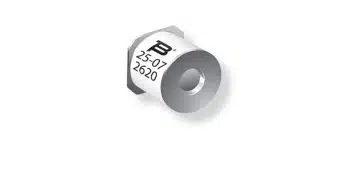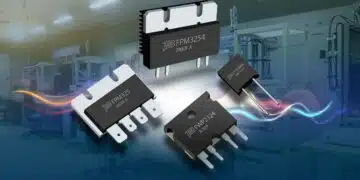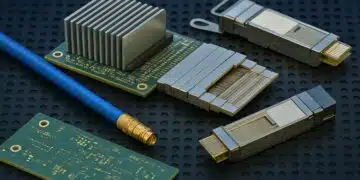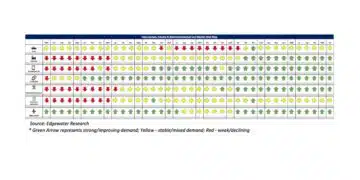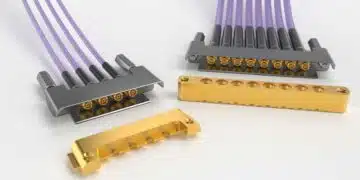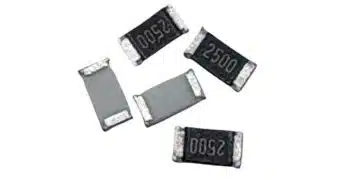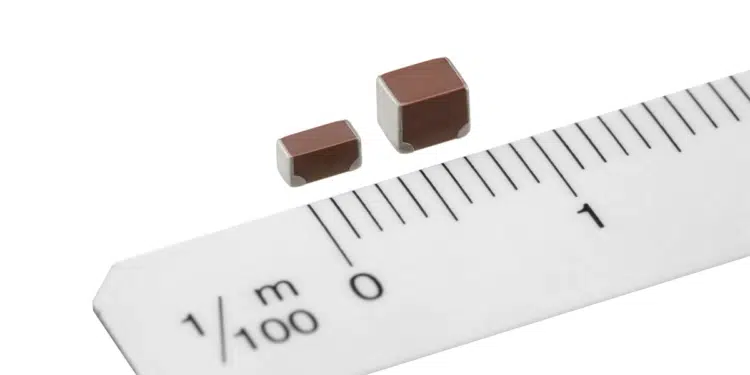The TDK system reuses PET films successfully directly within the MLCC manufacturing process, which are normally thermal-recycled or incinerated. Increases the use of recycled PET film to 20% in practical application.
TDK Corporation has announced that in an industry first, it has successfully built a recycling system that reuses PET films used in the manufacturing process of multilayer ceramic capacitors (MLCCs)*1.
Normally, the surfaces of PET films discarded from the MLCC manufacturing process are specially processed, and they cannot be reused without any further processing. As such, they are mainly thermal-recycled or incinerated.
In comparison, this new TDK system washes the surfaces of waste PET films, returns them to PET plastic form (as a pellet), and then PET film manufacturer TORAY Corporation forms a film. TDK then purchases those films and applies special processing to them, enabling them to be reused again in the manufacturing process. The recycled PET film used in this system reduces CO2 emissions by approximately 10% compared to conventional PET film.*2
The system will be introduced formally in stages, beginning January 2022. TDK will first use the recycled PET films for MLCCs. When the company expands the system beyond MLCCs, TDK will increase the usage of the recycled PET films to 20%, further reducing waste and CO2.
In line with one of TDK’s management challenges for achieving the sustainable growth of society, “Develop and Prosper in Harmony with the Global Environment,” the TDK Group successfully met the goals set out in the TDK Environmental Activities 2020 in 2014, ahead of schedule. As the next environmental vision, we established the TDK Environmental Vision 2035, setting a new goal of “halving CO2 emissions by fiscal 2035 in comparison with emissions produced in fiscal 2014, to reduce environmental footprint.” The company will further contribute to this goal in an effort to shoulder its responsibility as a technology company in this space, minimizing environmental footprints in our business activities, nurturing the natural environment, and offering products that contribute to customers and society.
- *1 Source: TDK, as of December 2021
- *2 CO2 generated in the manufacturing process of PET film.Investigated by TORAY Corporation
Glossary
- PET: Abbreviation of polyethylene terephthalate.
- Thermal recycling: Not to simply incinerate waste but to collect and use the heat energy generated during the incineration.
Main features and benefits
- Reuses PET films, which are normally incinerated
- Reduces CO2 generated from the PET film manufacturing process by approximately 10%


